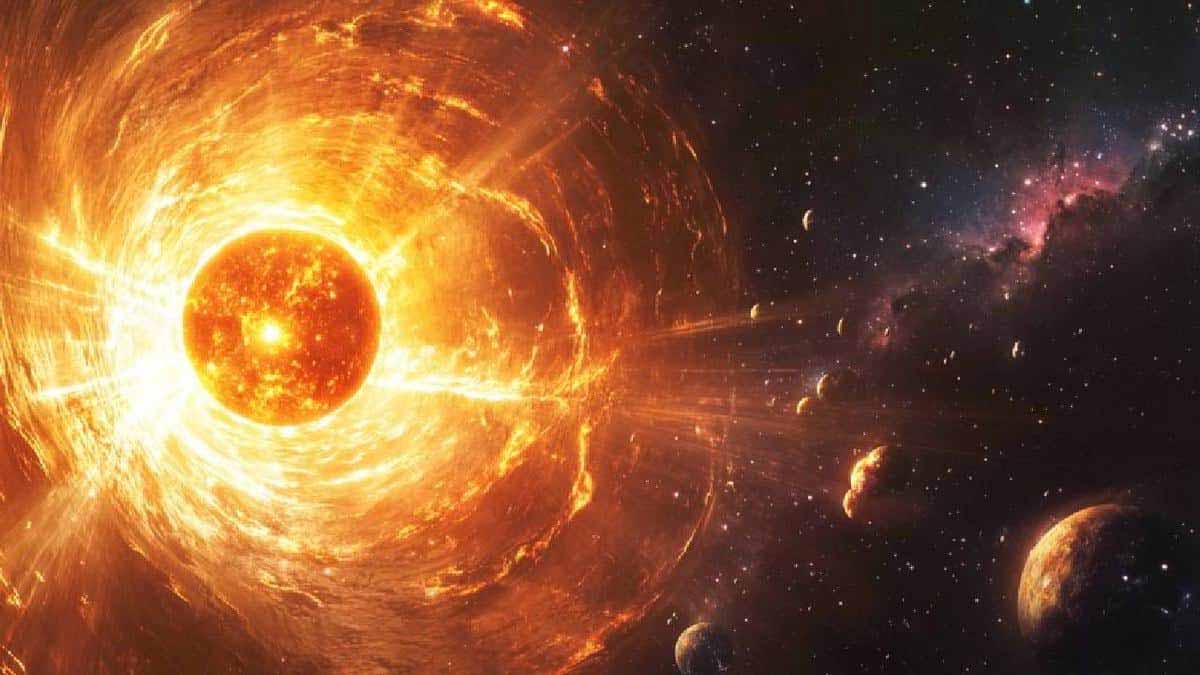Space looks calm, yet our corner is more lively than it seems. Fresh X-ray maps point to a hidden pathway of hot, thin plasma that threads outward from our neighborhood. Scientists now argue this structure might be an interstellar tunnel, linking our Local Hot Bubble to faraway regions. The finding challenges old assumptions, while it fits clues gathered for decades and opens new questions about how stars reshape the medium around them.
What the interstellar tunnel reveals about our neighborhood
Our solar system sits inside the Local Hot Bubble, a roughly 300-light-year cavity forged by ancient supernovas. Those blasts heated gas and swept out dust, which left a low-density, high-temperature environment that still glows softly in X-rays. Researchers now report that thermal pressure in this bubble runs lower than many models predicted, so parts of the cavity likely remain open and extend beyond our immediate sky.
Max Planck Institute scientists, led by Dr. L. L. Sala, describe a temperature pattern that varies with latitude. The team notes a north–south split at high galactic latitudes, which hints at a complex history of heating and cooling. That pattern helps explain why one line of sight looks transparent while another appears clogged with warmer gas and residual dust.
The new maps also outline a possible interstellar tunnel that could pierce the Bubble’s boundary. It seems to run through hot material toward Centaurus, and a second pathway points near Canis Major. Together, these routes fit the idea that supernova shocks carved linked cavities which later merged, so connected channels could now thread between star-forming regions and older pockets of heated plasma.
How scientists traced the interstellar tunnel with X-rays
To track such faint structures, astronomers turned to eROSITA, an X-ray telescope flown on the Spectrum-Roentgen-Gamma mission. It scans soft X-ray emissions that reveal hot gas, supernova remnants, and the structures between nearby stars. Teams combined these results with legacy ROSAT data, then cross-checked many sky directions to isolate signal from foreground plasma and background sources.
They divided the sky into thousands of fine bins, because subtle changes matter when gas is diffuse. This approach allows small shifts in temperature or density to stand out, and it keeps unrelated sources from overwhelming the map. Inside each bin, analysts extracted the soft glow from hot plasma while accounting for dust cavities, warm clouds, and magnetic effects that can steer charged particles.
The results strengthen earlier hints that space around us is not empty but structured. Scientists see linked voids and warm shells, plus gradients set by radiation and past shocks. In that framework, a single interstellar tunnel is less a one-off feature and more a visible lane within a broader network. It looks like a backroad cut by supernovas that still channels energy and matter today, while neighboring lanes remain blocked by denser gas.
Origins, open pathways, and why the map still changes
Older theories proposed labyrinths of connected cavities, although the data then were scarce. With improved X-ray coverage, several of those ideas gain support. Traces of wispy hot plasma linger where shock waves once ran, and dust grains show where shells stalled. Because the Local Hot Bubble’s pressure appears modest, some edges probably vent into adjacent cavities instead of sealing like a hard wall.
The Sun’s current spot near the Bubble’s center is likely chance. Over millions of years, the solar system drifted into this region while nearby stars lived, died, and exploded. Those events heated and stirred the interstellar medium, so density, temperature, and composition vary from patch to patch. The map keeps evolving as flows mix, while radiation and magnetic fields redirect particles through time.
Practical impacts already follow from that picture. A connected interstellar tunnel could nudge local cosmic rays, shape dust flow lines, and affect stellar wind dynamics at the Bubble’s edge. The map also guides where to look for supernova remnants and how to model soft X-ray backgrounds. Because some sightlines are open while others stay clogged, survey strategies change, and calibration improves as each path reveals a different slice of hot gas.
Why this quiet-looking sky hides restless, connected structure
Real tunnels are not empty tubes; they are gradients that stretch between hotter and cooler zones. Evidence now suggests channels reach toward Centaurus and near Canis Major, while neighboring directions remain blocked or diffuse. Linked cavities likely formed as multiple shocks overlapped, then cooled. That patchwork explains why the Bubble shows a north–south thermal split, and why pressure dips allow gas to leak into adjacent regions.
Future instruments will refine this picture with sharper spectra and deeper exposures. New X-ray missions, broader surveys, and better models should tell how these channels formed, merged, and aged. Teams aim to learn which paths carry most heat, where mixing dominates, and how magnetic fields sculpt the lanes. Because the signals are faint, analysts keep slicing the sky into small bins to catch subtle shifts.
As the map fills in, the story grows richer. A single interstellar tunnel becomes a signpost for larger flows that connect star-forming regions, supernova shells, and older cavities. Each new constraint trims uncertainty, so competing models can be tested and retired. The more we learn about these pathways, the better we understand both our changing neighborhood and the ancient blasts that set its shape.
A more curious outlook on what surrounds us, every clear night
This result does not answer every question, yet it changes the baseline. Our sky hides lanes and pockets that bend energy, drift dust, and guide charged particles. Because the Local Hot Bubble stays open in places, the view depends on direction, and that makes mapping crucial. With time, teams will test whether one interstellar tunnel dominates or many share the load, while new data keep the mystery alive.
